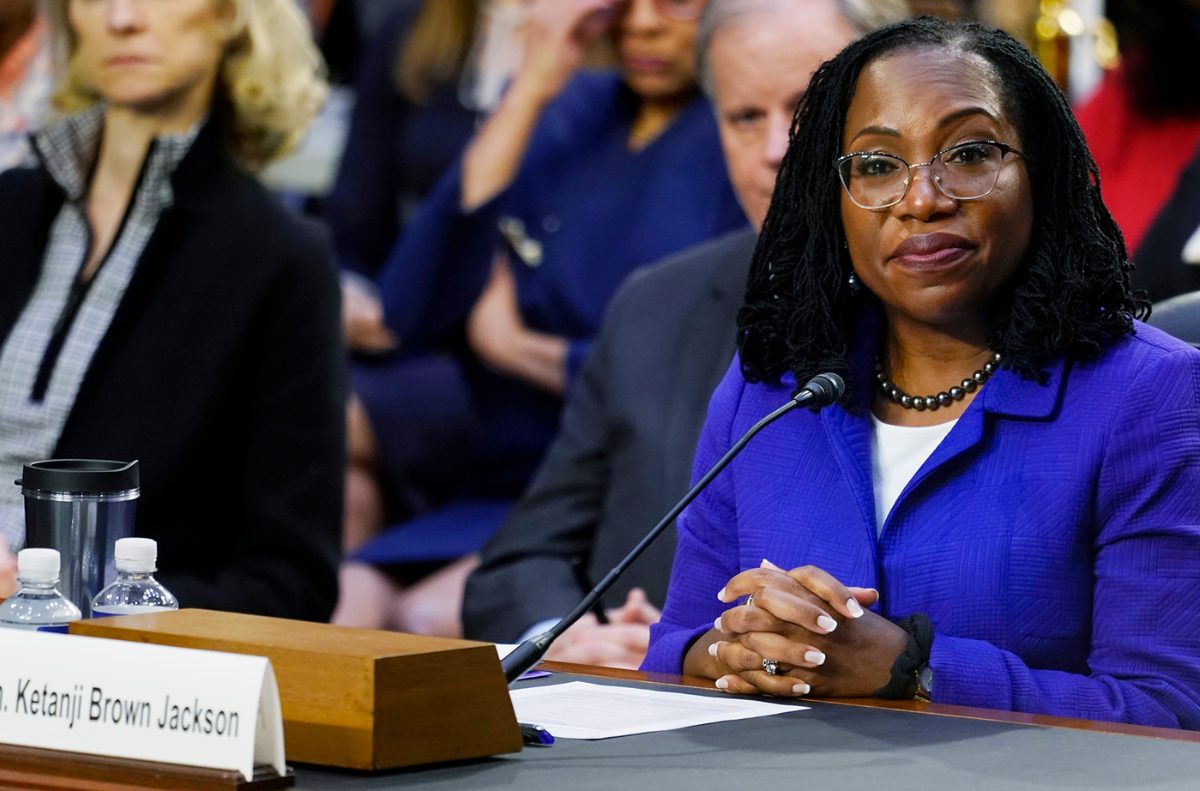Have you noticed that although there are just as many women pretending to be men as there are men pretending to be women, our culture doesn’t have nearly as much trouble defining the word “man” as they do defining the word “woman”?
Have you wondered why?
One of the biggest myths about feminism is that it is primarily anti-men. It’s true that feminists are anti-men, but they are not more anti-men than they are anti-women.
Feminists hate women more than they hate men.
Despite their postmodern impulses, feminists have little trouble defining the word “man”. At the very least, they are significantly less interested in deconstructing the word “man” as they are with deconstructing the word “woman”.
Perhaps this is because if they deconstruct the word “man” as much as the word “woman”, they risk complicating the identity of the “patriarchy” and they risk obscuring their concept of “toxic masculinity”.
Therefore when feminists suggest gender is non-binary or a social construct, they primarily deconstruct femininity, not masculinity.
For instance, how many transgender “men” have been named “men of the year”? How many “transgender “men” have been presented as examples of masculinity?
I can’t think of any.
However, how many transgender “women” have been named “women of the year”? How many “transgender “women” have been presented as examples of femininity?
I can think of many:
Lia Thomas, Rachel Levine, Caitlyn Jenner, Laverne Cox, Laurel Hubbard, Eli Erlick, and more.
Why is that? Why is it that feminists prioritize redefining what it means to be a woman over what it means to be a man?
If you’re familiar with feminist history, then you probably know gender theory is just a more radical version of what feminists have been advocating for decades.
Long before feminists rejected what God says about gender, they rejected what he says about gender roles.
Feminists inadvertently laid the groundwork for redefining what it means to be a woman decades before they evolved and created gender and queer theory under (third-wave) feminism.
In the late 1980s, feminists claimed gender is constructed by society, not created by God. Feminists like author Judith Butler claimed gender is merely an expression or a performance—not a biological fact.
This might seem like a completely radical development in feminism. However, third-wave feminism is merely a natural regression from second-wave feminism in the 1960s.
Feminists in the 1980s claimed gender is a social construct because feminists in the 1960s claimed gender roles are a social construct.
In other words, third-wave feminists rebelled against science because second-wave feminists rebelled against God’s social order.
Second-wave feminists essentially rejected complementarianism. They did not believe, as the Bible teaches, that men are the heads of their families and women are their helpers. They did not believe, as the Bible teaches, that husbands and wives are equal in value but different in roles.
So they refused to believe a wife’s primary role within a family should be as a helper to her husband and a mother to their children. They especially despised what Titus 2:5 says about wives “working at home…and submitting to their own husbands.”
Therefore second-wave feminists developed the sexual revolution—a revolution that eventually culminated into the biggest legacy of second-wave feminism: legalization of abortion.
Abortion effectively changed perceptions on gender roles since it granted wives the opportunity to be primarily career-driven without fear that pregnancy would compel them to rely on their husbands’ career—which would naturally revert their roles to primarily helpers to their husbands and mothers to their children.
Meaning, second-wave feminists advocated that a woman could take on a man’s gender role. Which prompted third-wave feminists to advocate that a man could take on a woman’s gender.
In other words, second-wave feminists claimed women could become like men. So third-wave feminists claimed men could become women.
But this harms women significantly more than it harms men. Gender theory and queer theory attacks femininity significantly more than it attacks masculinity.
After all, the “men of the year” are still men, right? The “women of the year”, however, are men. Women are not attempting to compete with men in sports, right? Men like Lia Thomas, however, are dominating women’s sports.
A couple of weeks ago, Supreme Court Justice Ketanji Brown Jackson—one of the most powerful women in America—said she can’t define the word “woman”.
But worse, for decades feminists have instructed mothers—not fathers—to kill over 62 million of their own children.
Next to aborted babies, women are the biggest victims of feminism—not men. Feminism is the most misogynistic ideology in our culture. They present themselves as liberators of women, but if they can’t identify what a woman is—how can they liberate them?
If you can’t define what a woman is, you can’t describe what a woman’s rights are.
Nevertheless, feminists first dismissed the social differences between men and women, and now they’re dismissing the biological difference between men and women.
One lie always leads to another lie, the second lie is meant to maintain the first lie—and the second lie is always worse than the first.
Still, feminists are not merely lying about biology or sociology—they’re especially lying about theology.
Meaning, feminists are anti-men because they’re anti-women, and they’re anti-women because they’re anti-Christ.
After all, who did Satan tempt first in the Garden of Eden? Wasn’t it Eve?
Satan tempted Eve into sin, then Eve tempted Adam, then Adam attempted to blame God for their sin.
Perhaps we should we learn from that.

